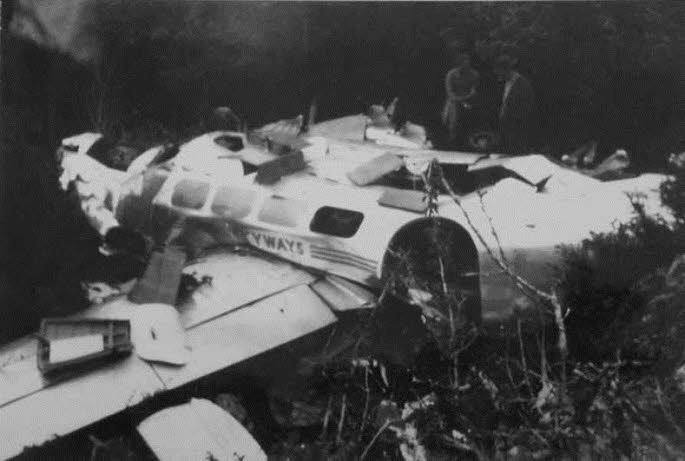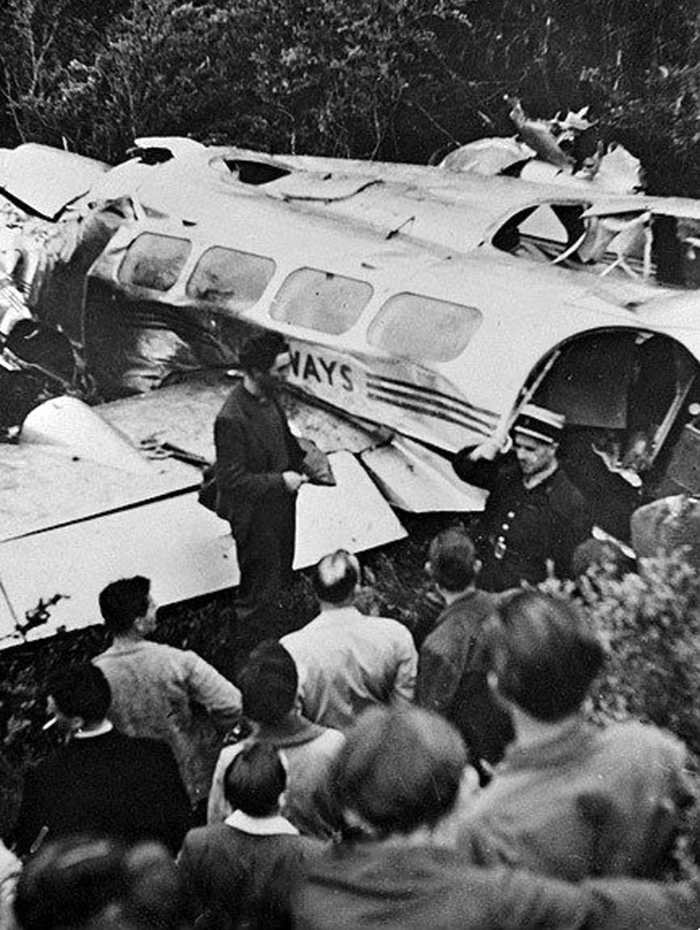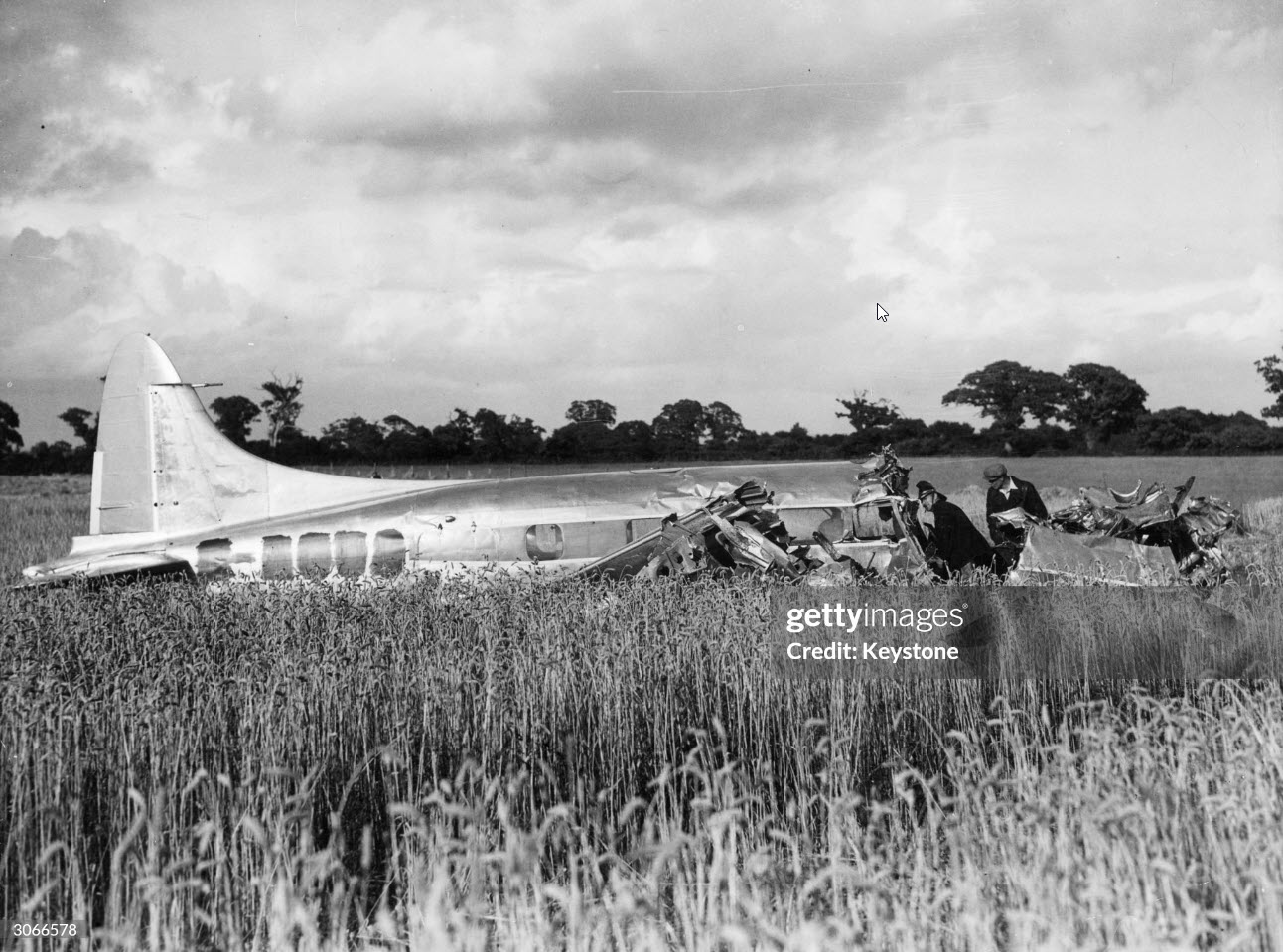Crash of a De Havilland DH.104 Dove 1 into the Gulf of Martaban: 11 killed
Date & Time:
Mar 14, 1949 at 0830 LT
Registration:
XY-ABO
Survivors:
No
Schedule:
Yangon – Moulmein
MSN:
4176
YOM:
1948
Crew on board:
2
Crew fatalities:
Pax on board:
9
Pax fatalities:
Other fatalities:
Total fatalities:
11
Circumstances:
At 0810, while cruising vertical to the Gulf of Martaban in good weather conditions, the crew informed ground about his ETA in Moulmein at 0845LT. Sixteen minutes later, the crew informed ground about a new ETA and this was the last radio transmission. As the aircraft failed to arrive in Moulmein, SAR operations were conducted and few debris were found in the Gulf of Martaban but unfortunately, no trace of the 11 occupants.
Crew:
P. H. Sparrow, pilot,
L. A. Stephens, radio officer.
Crew:
P. H. Sparrow, pilot,
L. A. Stephens, radio officer.
Probable cause:
Due to lack of evidence, it as not possible to determine the exact cause of the accident.








